Diets supplemented with squid and shrimp ingredients promoted feed intake and enhanced antioxidative ability
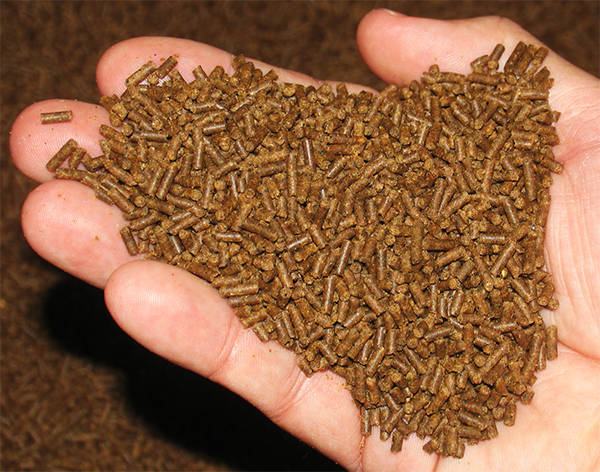
Several new protein sources, especially plant protein sources, have been developed for fishmeal alternatives in aquafeeds and novel ones are under development. However, the replacement of fishmeal by plant proteins could reduce the palatability of feed intake and the growth of some cultured species like the Pacific white shrimp (Litopenaeus vannamei). In addition, the feed intake of L. vannamei is relatively slow compared with other aquatic animals, which results in a low feed utilization rate, as well as potentially impacting the quality of the culture water. Thus, attractants in the feed are critical to cultured shrimp growth and feed utilization.
The feeding behavior of aquatic animals is closely related to species, environment and feeding stimulation. A diet with good attractants can enhance the growth performance and feed utilization of aquatic animals. Feed attractants are divided into two types: One derived from natural ingredients and the other produced through chemical synthesis. Some feed attractants are rich in nutrients – such as nucleotides, small peptides and amino acids – which not only improve the growth rate but also enhance the immunity of aquatic animals.
The combination of compound attractants in shrimp feed may overcome the disadvantage of single attractant in aquatic animals’ feed. Yeast extract, squid paste, squid viscera powder, shrimp paste and fish soluble are widely used as feed attractants in aquatic animals. There have been few studies on the effects of compound feed attractants on the growth mechanism and health of aquatic animals. There are no reports we know of on whether the combinations of squid extract, squid viscera powder, fish soluble, yeast extract and shrimp extract can more effectively promote the growth, enhance the feed utilization efficiency and improve the health of L. vannamei.
This article – summarized from the original publication [He, G. et al. 2022. Effects of Compound Feed Attractants on Growth Performance, Feed Utilization, Intestinal Histology, Protein Synthesis, and Immune Response of White Shrimp (Litopenaeus vannamei). Animals 2022, 12(19), 2550] – assessed dietary supplementation of five compound feed attractants on the growth performance, feed utilization, intestinal histology, protein synthesis, and immune response of L. vannamei.
Study setup
To investigate the effects of compound attractants on the growth performance, feed utilization, intestinal morphology, protein synthesis and immune response of L. vannamei, seven diets were formulated: a positive control (P), a negative control (N) and five diets with compound attractants which were labeled as A, B, C, D and E, each with four of five tested attractants (yeast extract, squid visceral powder, fish soluble, squid paste, shrimp paste), respectively. Formulation and proximate composition analysis of the diets are available in the original publication.
Juvenile shrimp were procured from a commercial nursery (Guangdong Hengxing Seed Co., Ltd; Zhanjiang, China) and acclimated to the experimental conditions for one week. A total of 840 healthy and uniform-sized shrimp (body weight of 0.71 grams) were distributed into seven groups and stocked at 30 animals per tank in 300-liter tanks with four replicates and fed the experimental diets for seven weeks. During the experiment, 60 percent of the water was exchanged each day with seawater disinfected with chlorine dioxide to maintain water quality. Water temperature and salinity maintained at 24 to 28 degrees-C and 26 to 29 ppt. Shrimp samples were collected at the end of the experimental period.
For detailed information on the experimental design and animal husbandry; sampling and chemical analyses; and statistical analyses, refer to the original publication.
Attractants, acoustics and soy-optimized diets for Pacific white shrimp
Results and discussion
The final body weight (FBW), weight gain rate (WGR) and specific growth rate (SGR) of the experimental L. vannamei shrimp in groups B and D were significantly higher than those in the P group. The survival rate (SR), feed conversion ratio (FCR), and hepatosomatic index (HIS) of shrimp among all the experimental groups were found to have no significant differences. The feed intake (FI) of shrimp that were fed the B, C, and D diets were significantly higher than those fed the P diet. The condition factor (CF) of shrimp in the N group was significantly higher than that in other groups.
The effects of five feed attractants on the WGR of shrimp were determined using multiple regression analysis. Results that the weight gain (WG) and FI of shrimp were increased as the dietary inclusion levels of squid paste and shrimp paste increased, while they were decreased as the dietary inclusion levels of yeast extract and fish soluble increased.
For whole-body shrimp, the moisture of animals in group E was significantly higher than that in the N, C and D groups; ash showed no differences among all the experimental groups; the crude lipid of shrimp in the B group was significantly higher than that in other groups; the crude protein of shrimp in the N, B and C groups was significantly higher than in the E group. In the muscle, moisture, ash, crude lipid and crude protein of the muscle showed no differences among all the experimental groups.
Hemolymph biochemical parameters usually reflect the metabolism and health status of aquatic animals. In our study, the high-density lipoprotein cholesterin (LDL-C) content of hemolymph in shrimp fed the N and A diets were the highest, which was significantly higher than those fed the D diet. Thus, it was inferred that the cellular ability to remove cholesterol from bile in shrimp fed the N and A diets may be the strongest, while in shrimp fed the D diet may be the weakest.
The HDL-C content of hemolymph in shrimp fed the C and E diets was the highest, in shrimp fed the P diet it was significantly higher than those fed the A and B diets, while in shrimp fed the B diet it was lower than those fed the N diet with the lowest content. Thus, it was inferred that the shrimp in the C and E groups may have the strongest ability to transport cholesterol to the liver, while the B group may be the weakest.
The enzyme superoxide dismutase (SOD) is the main antioxidant enzyme in organisms. In our study, the total SOD (T-SOD) activity level in the hepatopancreas of shrimp that were fed the A diet was the highest, and those fed the B and E diets showed the lowest activity. The sod expression levels of the hepatopancreas in shrimp that were fed diets B, D and E were upregulated compared to the control groups, while the shrimp that were fed diets B and C favored the upregulation of sod expression levels in the intestine.
Malondialdehyde (MDA) is a lipid decomposition product of polyunsaturated fatty acids (PUFAs). In our study, the highest MDA levels and increased damage to the hepatopancreas were observed in group B but in the hemolymph there was no significant difference among all experimental groups. Based on the levels of T-SOD, sod and MDA in the hepatopancreas of our experimental shrimp, we inferred that shrimp in group A developed adequate antioxidant capacity and we observed strong lipid decomposition metabolic activity in shrimp in group B. The reason might be that diet B contains more aquatic animal fat sources. Overall, our data suggest that diet A enhanced disease resistance in the hepatopancreas of L. vannamei.
The intestine serves as a critical organ for nutrient uptake and utilization as well as a crucial pathogen defense. We observed that the intestinal folds of shrimp in groups B and D were significantly different from that in the P group, and that the B and D diets alleviated the swelling of the intestinal fold of shrimp, which was beneficial to restore the histology of intestinal fold. In addition, there were no significant differences in intestinal fold height and width, while the intestinal muscle thickness of the C group was the highest, indicating that the shrimp fed diet C may have a higher ability of intestinal peristalsis [muscle contractions that move food through the digestive tract].
The protein content is an important nutritional indicator and some previous research has reported that the feed attractant does not exert a significant effect on the proximate composition of shrimp. In our study, proximate compositions in shrimp whole body and muscle were not significantly influenced by supplementation of dietary compound feed attractant except for crude protein content in whole body compound feed attractants, which in groups N, B and C was significantly higher than in group E.
Perspectives
Results of our study showed that the diet supplemented with squid visceral powder, fish soluble, squid paste and shrimp paste (B) and the diet supplemented with yeast extract, squid visceral powder, squid paste and shrimp paste (D) both promoted the feed intake and growth performance and enhanced the antioxidative ability of L. vannamei.
The combination of squid visceral powder, fish soluble, squid paste and shrimp paste (B) not only increased the protein synthesis but also promoted the hepatopancreas and intestinal response of shrimp. Our data also indicated that shrimp weight gain and feed intake were increased as the dietary inclusion levels of squid paste and shrimp paste increased, while they were decreased as the dietary inclusion levels of yeast extract and fish soluble increased.
Now that you've reached the end of the article ...
… please consider supporting GSA’s mission to advance responsible seafood practices through education, advocacy and third-party assurances. The Advocate aims to document the evolution of responsible seafood practices and share the expansive knowledge of our vast network of contributors.
By becoming a Global Seafood Alliance member, you’re ensuring that all of the pre-competitive work we do through member benefits, resources and events can continue. Individual membership costs just $50 a year.
Not a GSA member? Join us.
Author
-
Dr. Shiwei Xie
Corresponding author
Laboratory of Aquatic Animal Nutrition and Feed, School of Aquaculture, Guangdong Ocean University, Zhanjiang 524088, China[109,111,99,46,51,54,49,64,120,100,115,122,119,115,120]
Related Posts
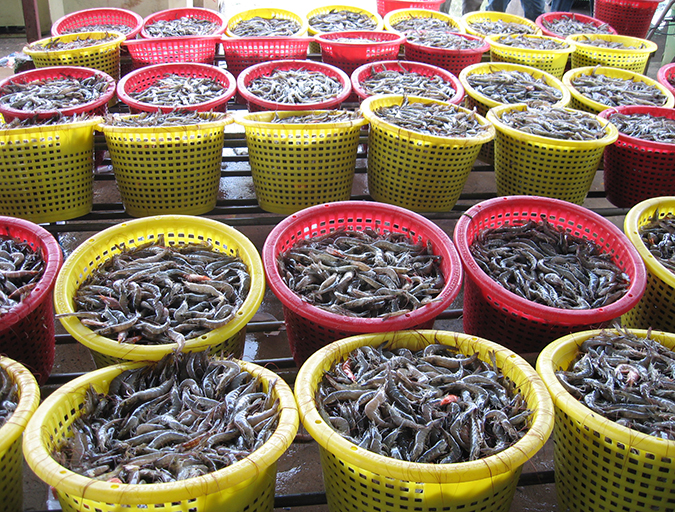
Aquafeeds
Microencapsulated organic acids aid shrimp culture
A novel blend of organic acids (OAB) microencapsulated in a lipid matrix and supplemented in the diets of Litopenaeus vannamei enhanced their growth, phosphorus utilization, resistance to Vibrio harveyi and immunity. This may have implications as an eco-friendly prophylactic strategy.
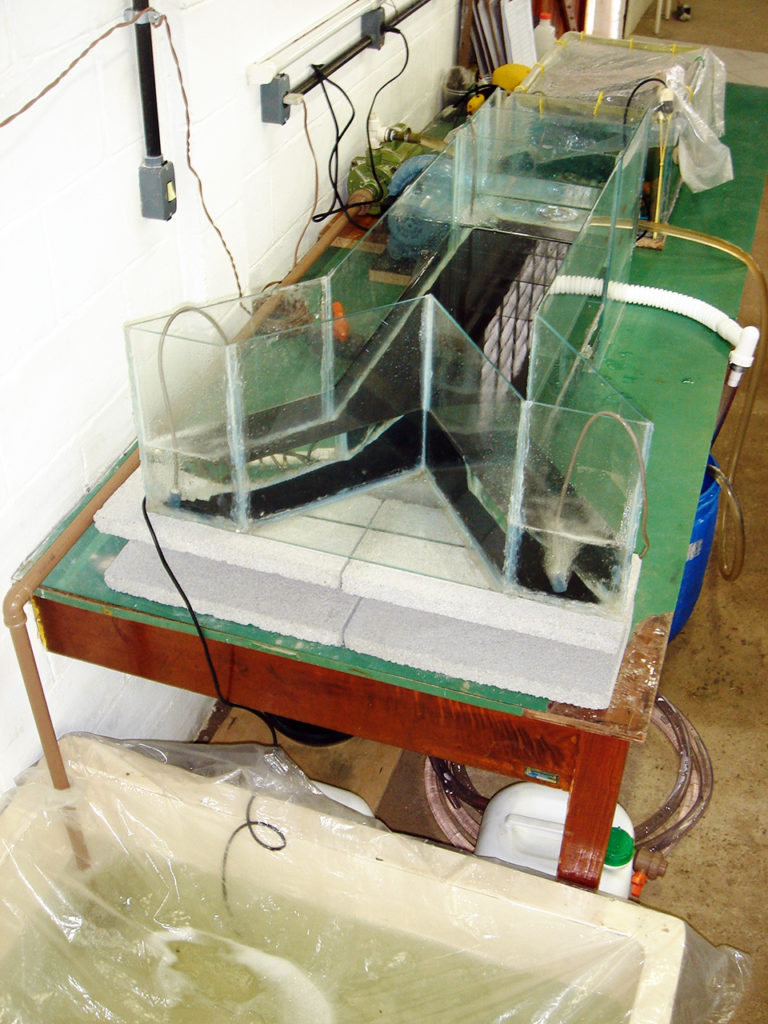
Aquafeeds
White shrimp study compares commercial feed attractants
A recent study in Brazil tested the efficacy of nine commercial feed attractants for Litopenaeus vannamei. Condensed fish-soluble protein, an amino acid complex with digested bivalve mollusk, and whole squid protein hydrolysate stimulated the highest feeding responses.
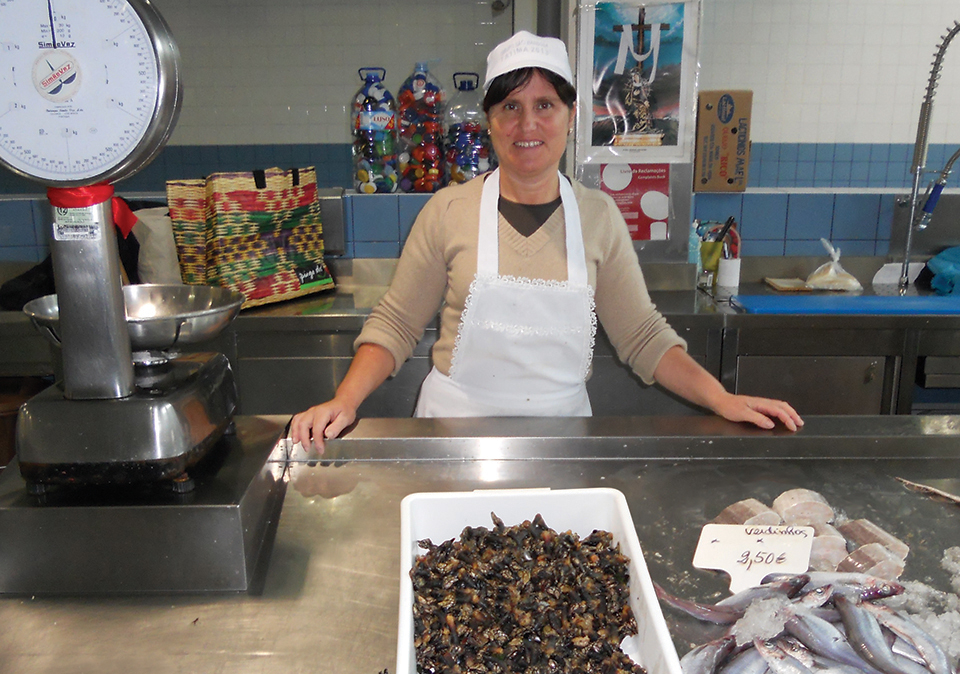
Health & Welfare
Stalked barnacles hold aquaculture potential, but face bottlenecks
Interest in the aquaculture of stalked barnacles has risen in recent years as a response to increasing market demand and concern over the conservation of natural stocks. Is there enough knowledge, however, to establish the culture of stalked barnacles?
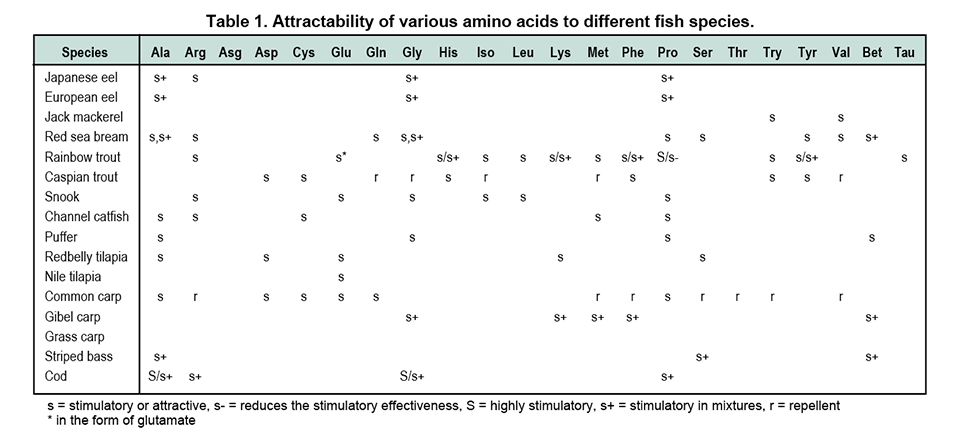
Aquafeeds
Attractants: The basics
Attractants are used in the aquafeed industry, where rapid identification and consumption of feed is very important in the aquatic environment.



